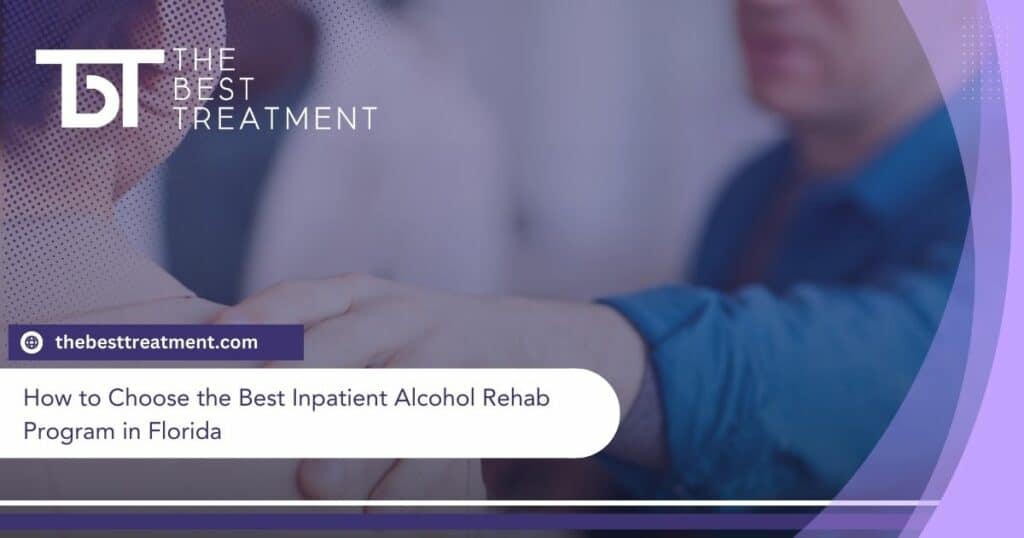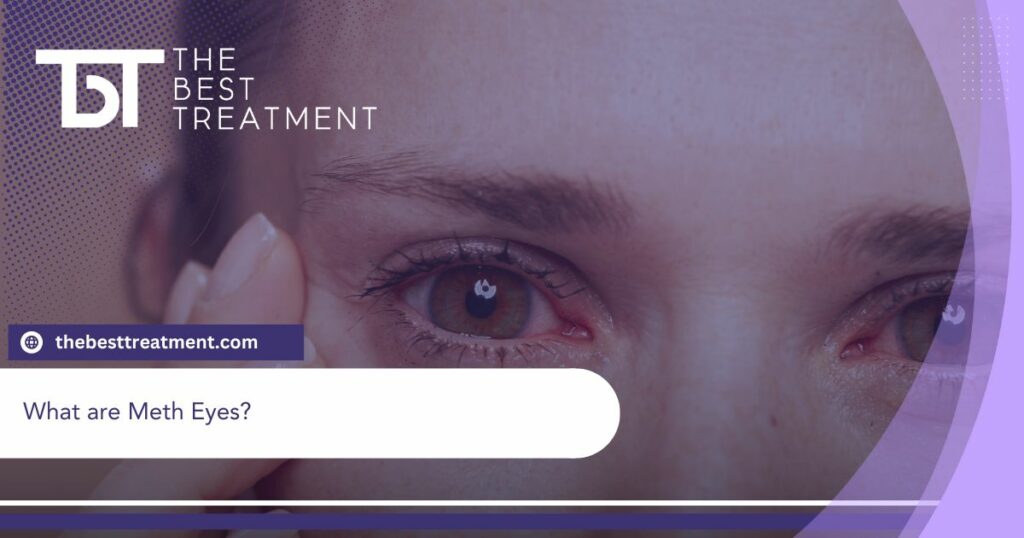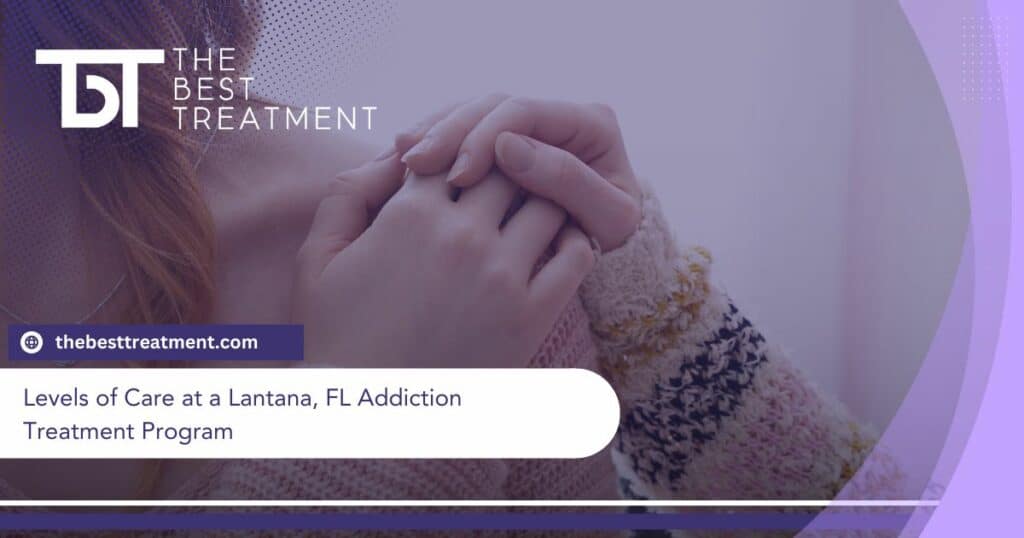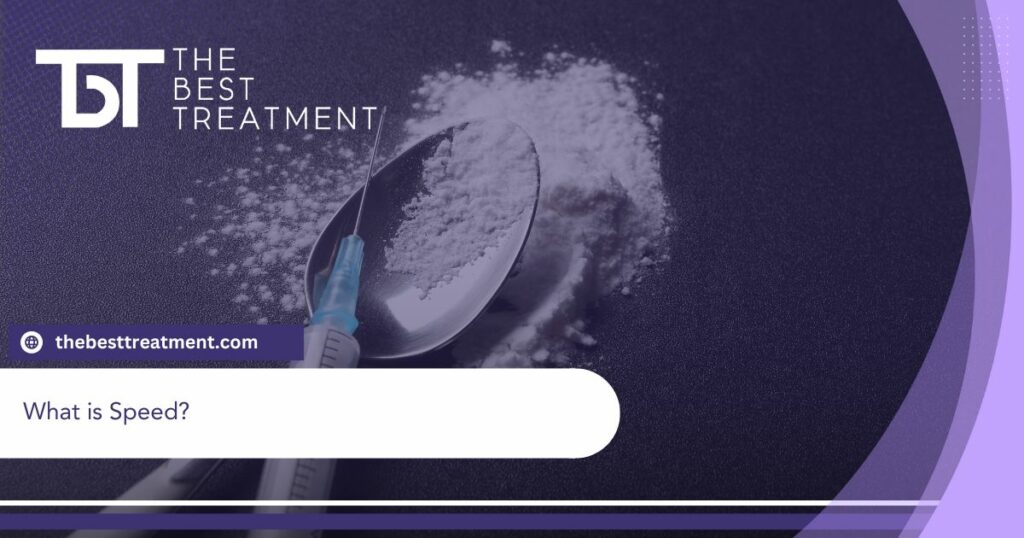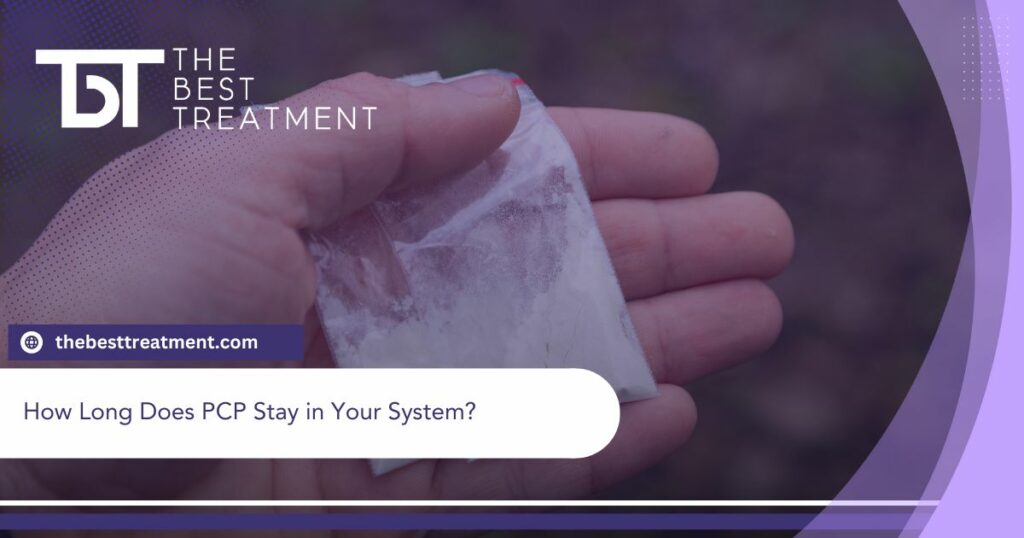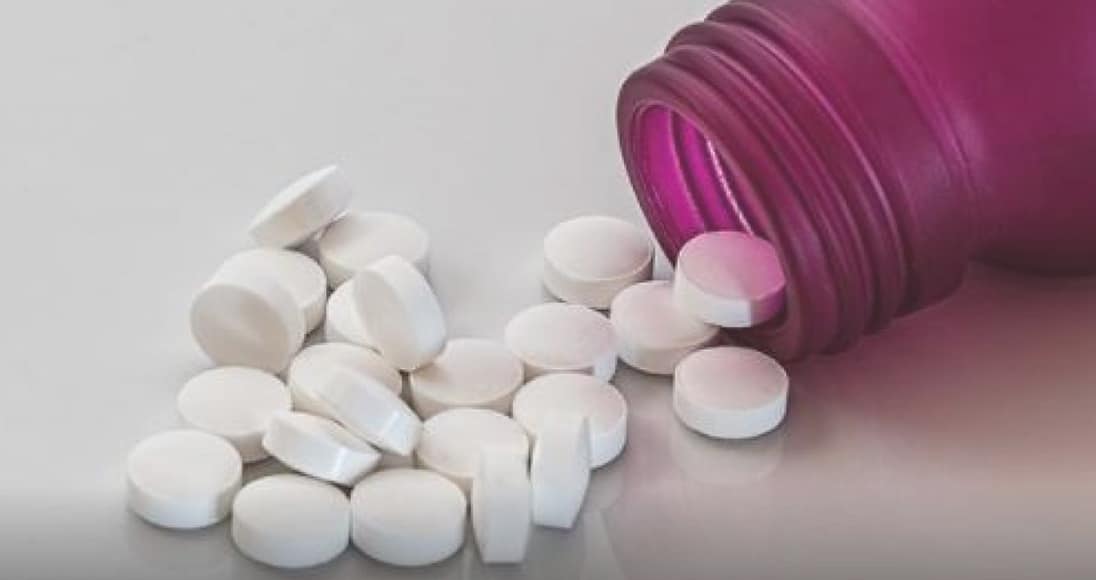Table of Contents
When an individual stops taking opiates, it is possible for them to experience symptoms of withdrawal. Typically, symptoms will arise hours after the last dose of the drug. For example, opiate withdrawal symptoms may include pain, body aches, fatigue, and nausea. While the symptoms of withdrawal are rarely life-threatening, they are known to be extremely distressing. Fortunately, these symptoms will lessen and dissipate over time, and medical remedies are available to help.
Individuals dealing with opiate withdrawal should work with a healthcare professional who can perform a medically-safe detox. Oftentimes, opiate replacement drugs, such as methadone and buprenorphine, are used to lessen symptoms of withdrawal. If you or a loved one are addicted to opiates and wish to recover, it is time to start looking for a medical detox program.
In this article, we provide a complete overview of opiate withdrawal, including the symptoms and timeline. Continue reading to learn more about opiate withdrawal, how long it lasts, and how to find professional help.
What Symptoms Occur During the Opiate Withdrawal Timeline?
To begin, the opiate withdrawal timeline occurs after an individual becomes physically dependent on the drug and decides to stop their use. When a person is physically dependent on opiates, this insinuates that opioids have altered the brain structure and chemicals have changed to accommodate for the presence of the substance. As a result, when an individual stops using opiates, their mind and body will experience symptoms of withdrawal. Examples of opiate drugs include opium, morphine, heroin, codeine, fentanyl, and oxymorphone.
The symptoms of opioid withdrawal include:
- aching muscles
- stomach pain
- anxiety or agitation
- increased heart rate
- fever and chills
- nausea and vomiting
- diarrhea
- tremors
- depression
The previously mentioned symptoms will typically arise several hours after consuming the last dose. However, the severity and timeline of a person’s withdrawal symptoms will depend on the dosage and frequency of their opiate abuse, as well as how suddenly they stopped consuming the substance.
Also, the type of opiate an individual was addicted to will determine the effects experienced during withdrawal. For example, short-acting opiates, like heroin, will produce more intense symptoms in a shorter time period. On the other hand, long-acting opioids, such as methadone, may take up to 30 hours to produce any symptoms of withdrawal.
Additionally, symptoms may be mild to severe depending on the individuals:
- overall health, including any pre-existing medical conditions.
- frequency and extent of drug abuse.
- environment, including how stressful or toxic it is.
- family history, including whether their family members have dealt with addiction as well.
An Overview of the Opiate Withdrawal Timeline
The timeline of opiate withdrawal symptoms will vary from person to person. This timeline is a general overview of what an individual may expect during the first week of opiate withdrawal.
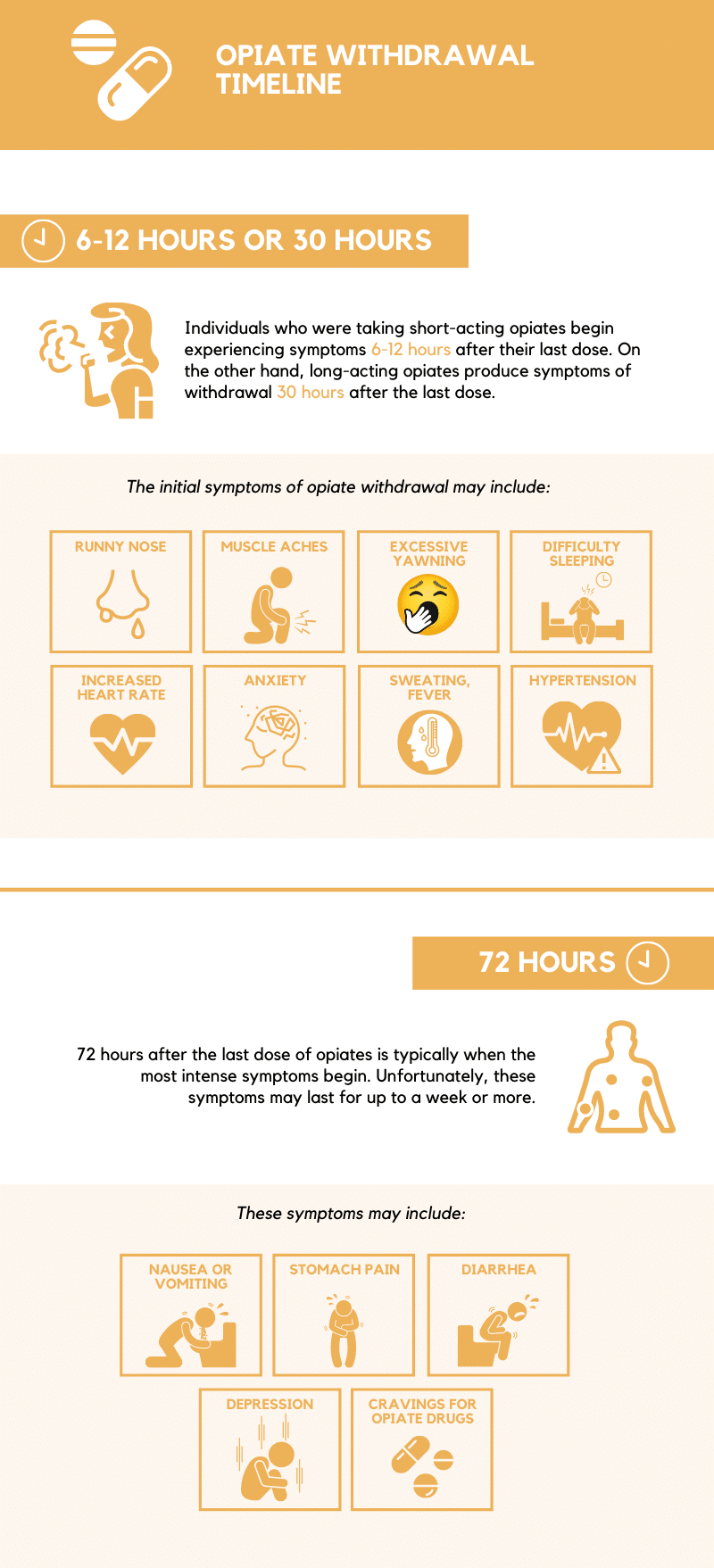
6-12 Hours or 30 Hours
Individuals who were taking short-acting opiates begin experiencing symptoms 6-12 hours after their last dose. On the other hand, long-acting opiates produce symptoms of withdrawal 30 hours after the last dose.
The initial symptoms of opiate withdrawal may include:
- a runny nose
- muscle aches
- excessive yawning
- difficulty sleeping
- increased heart rate
- anxiety
- sweating, fever
- hypertension
72 Hours
72 hours after the last dose of opiates is typically when the most intense symptoms begin. Unfortunately, these symptoms may last for up to a week or more.
These symptoms may include:
- nausea or vomiting
- stomach pain
- diarrhea
- cravings for opiate drugs
- depression
The psychological symptoms of opiate withdrawal, such as cravings and depression, may last for longer than a week. Fortunately, healthcare and addiction specialists can help people through these symptoms during professional detox. Individuals who undergo opiate detox in a professional setting typically experience opiate withdrawal symptoms for 5-7 days.
Treatment for Opiate Withdrawal
While opiate withdrawal is typically not life-threatening, the symptoms can become extremely uncomfortable and unmanageable. Oftentimes, individuals who attempt to detox at home ultimately relapse on opiates in an attempt to soothe their withdrawal symptoms. Because of this, medically managed detox is recommended for a safe, comfortable, and effective treatment.
During opiate detox, there are a few methods that may be used. One of the most common detoxing methods is known as “tapering”. To explain, tapering is the act of gradually reducing the number of opiates consumed, until the individual is no longer using the substance. This method involves the use of opiate maintenance medications, such as buprenorphine or methadone. To further explain, the opiate tapering method is available during a medical detox program, where patients receive 24/7 supervision and support from medical and psychiatric staff.
On the other hand, some people may utilize medication-assisted treatment (MAT) during the duration of the opioid withdrawal timeline. During MAT, buprenorphine and methadone are used to lessen the symptoms of withdrawal and control cravings. While these medications can be used to taper, they may also be prescribed long-term. When methadone or buprenorphine are prescribed long-term, they are primarily used short-term to keep cravings under control, maintain abstinence from other substances, and reduce the risk of overdose.
Get Started at a Medical Opiate Detox Today
Opiate withdrawal symptoms are extremely difficult to deal with on your own. Medical detox programs are available to help individuals detox in a safe and comfortable manner.
“At The Best Treatment Center Recovery, we have clients recovering from opioid abuse every single day. The initial step to recovery begins with medical detoxification to safely and comfortably detox from the drug. It is important for the individual to detox with a medical facility with supervision because of how traumatic the withdrawal process can be. There are many uncomfortable aspects of detoxing. The Best Treatment understands how important it is to continue in an individualized treatment program after the initial week detox process. At The Best Treatment Center, we immediately begin treating the root causes of drug use and addiction.”
If you or a loved one are in need of medical detox for opiate addiction, contact the Best Treatment Center for more information on our professional and successful drug detox program.
Medically Reviewed: September 25, 2019

All of the information on this page has been reviewed and verified by a certified addiction professional.





